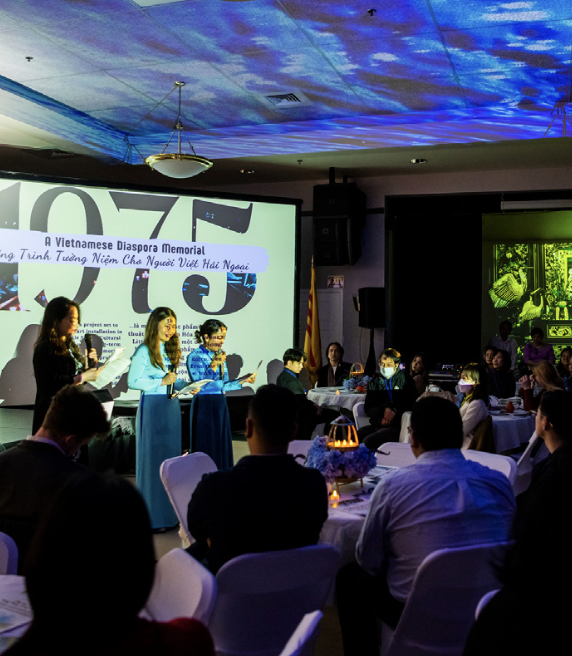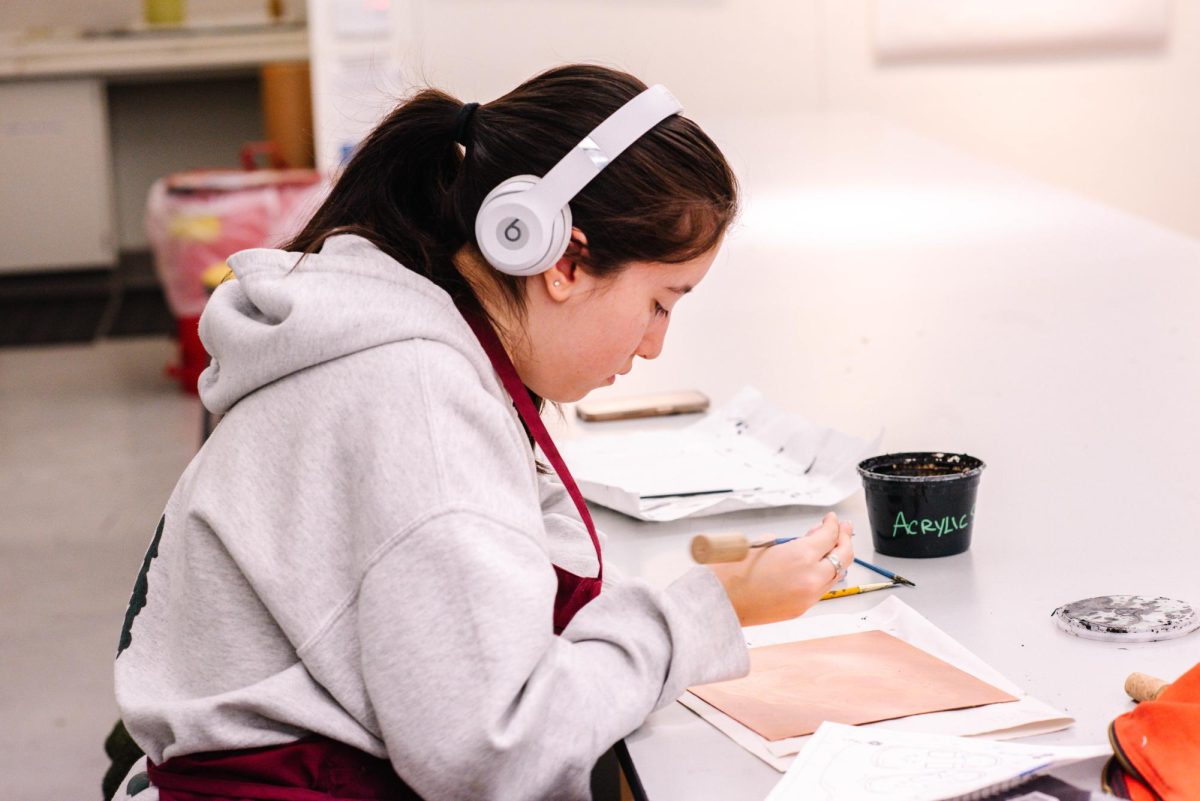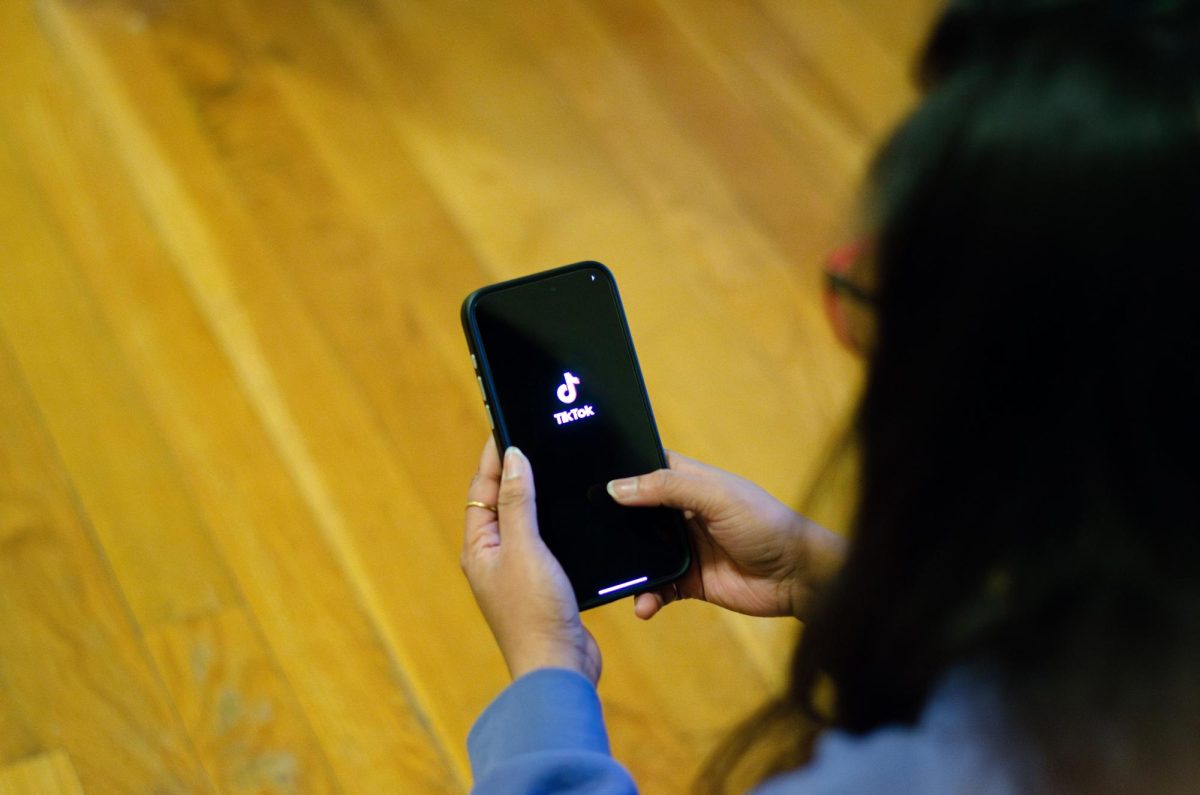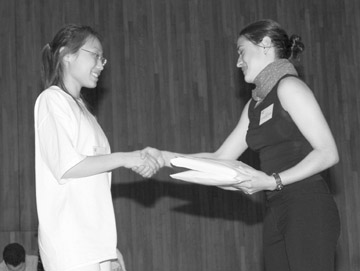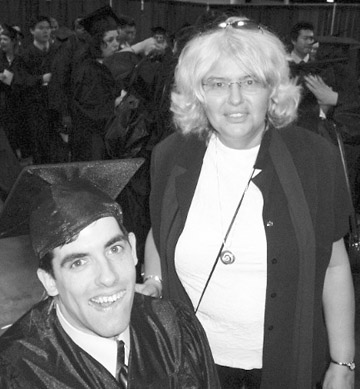Music and Mystery
April 15, 2004
William Catanesye can build organs and spot a rare set of pipes. He doesn’t claim to know books all that well but when he stumbled upon a four-dollar, beat up, marked-up binding of Beethoven’s symphonies 1-4 three years ago, he thought he’d made an interesting purchase. Frequently haunting used bookstores, he searches for “things I might be able to use in my career later on.” This UMB undergraduate music major hunts not only in physical but also virtual reality, searching through eBay with the same tenacity.
He didn’t even realize what he’d bought until several years later. Catanesye ended up picking through it and noticed some strange markings that would eventually reunite this piece thirty-five years later with the daughter of its former owner, ultimately inspiring the creation of another book.
Before Seiji Ozawa, there was Erich Leinsdorf, Austrian born conductor who assisted both Bruno Walter and Toscanini and directed the Boston Symphony Orchestra from 1962-1969. Well-known for the way he conducted Wagner, Leinsdorf acted as a guest conductor all over the country until he died in 1993. Cataneyse happened to stumble across a book of Beethoven’s symphonies 1-4 that contained Leinsdorf’s markings. How does that make it worth anymore than the average textbook defaced by highlighters and the occasional coffee stain? How are one man’s doodlings worth more than another’s?
That’s one of the great things about the book world; these little eccentricities-living pieces of history-are what raise the value and provide the significance that make it stand out among the usual, “first edition, first printing” stamp. “This gives us an idea of what he was thinking, his interpretations of the symphony, right on the page. What he was thinking, how he was thinking. For example, the way he wanted the strings to sound by the way the bowings are indicated, the tempos he takes in different sections.”
Proving once again that it is a small world, Mark Vaz, performing arts department administrative assistant, got in touch with Ed Plotkin, a sporadic part-time professor. Going professionally by the name of Ed Tapper, his landlord happens to be Leinsdorf’s youngest daughter, Jennifer. Dr. John Mitchell, coordinator of music education, personally paid a visit to the Jennifer, who was eager to see the book and indeed verified that it was Leinsdorf’s. So far, estimates have put the piece’s price at $2,000-$3,000.
The Beethoven Sinfonien nr. 1-4 Breitkopf und Hartel edition was printed in either Austria or Germany, although the path that it took to get to Leinsdorf is unknown. However, it was what Catanesye referred to as a “working copy, something he would have used while he was conducting the orchestra,” containing “tempo markings, crescendos and decrescendos, and rehearsal letters.” The conductor is an interpreter of music, translating it in the way he feels it is best. In Leinsdorf’s case, Catanesye says, “He changes a few things and has strings play in places where it wasn’t marked in the score” noting some of the “dynamic markings.”
Catanesye intends to sell it back to Leinsdorf’s daughter, as she has few relics of her father’s career. The life of a book can be a strange thing; this particular piece has a curiously circuitous route spanning two continents and three-and-a-half decades. Now it has spawned a new creation, inspiring Dr. Mitchell to write his own book on Erich Leinsdorf and Felix Weingartner, the latter having influenced the former. Using Leinsdorf’s Beethoven markings for his first four symphonies, he will compare the similarity of their styles.
The game of chance is what makes the story behind the book that much more fascinating. Although we were discussing Catanesye’s luck for getting deals on organ pipes, the statement he made neatly sums up this chain of coincidence as “finding the right things at the right time and knowing where they’re needed.”




